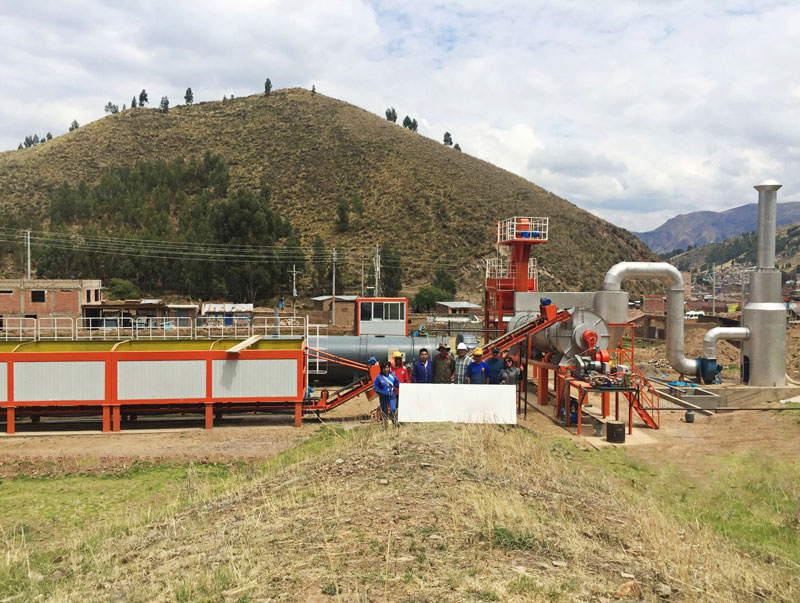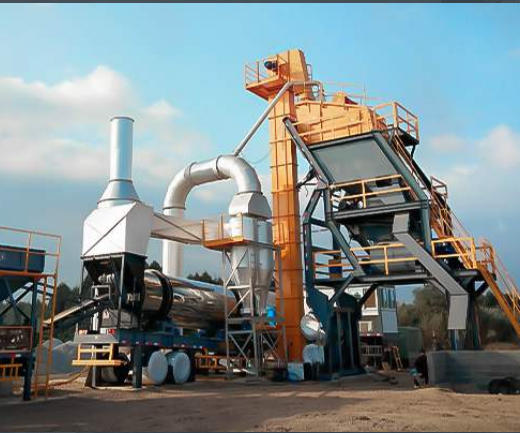Comprehensive Repair Methods for Urban Asphalt Road Cracks
Asphalt Crack Repair Methods
Surface Sealing
Surface sealing involves applying or spraying a specific sealing material onto the asphalt pavement surface. These materials fill microscopic cracks and pores, effectively preventing moisture and harmful substances from penetrating the pavement structure. This method significantly slows the aging of asphalt pavements, reduces damage, and ensures road durability and safety.
Surface sealing, with its simple construction process, convenient operation, rapid speed, and low cost, is widely used to treat early-stage cracks in asphalt pavements. It effectively prevents moisture and impurities from penetrating cracks, providing an ideal solution for maintaining new or lightly worn pavements. However, this method also has certain limitations. Its durability is affected by environmental factors such as temperature and humidity, and it is not suitable for repairing deep cracks. It can be used as a temporary, quick fix for cracks in adverse weather or limited construction conditions.
Crack Filling
Crack filling is a repair technique that involves injecting specialized caulking materials, such as hot-melt asphalt or polymer-modified asphalt, into pavement cracks to prevent the intrusion of moisture and other harmful substances. This process is designed to effectively repair pavement cracks.
Crack filling is known for its simplicity and speed, with relatively minimal disruption to traffic. Its excellent crack sealing properties and diverse material options make it a significant advantage in pavement crack repair. However, this method also has limitations, such as its susceptibility to temperature, high operator skill requirements, and limited ability to repair deep cracks. Therefore, crack filling is primarily suitable for cracks within a certain width range, particularly surface cracks that do not penetrate deep into the pavement structure.
Grooving and Grouting
This method uses specialized equipment to create grooves in the cracks to remove debris and dust. A caulking machine then precisely injects a specially designed caulking material into the cleaned gap, effectively sealing and repairing the crack. The slotting and grouting method provides a clean and well-sealed working surface, with excellent adhesion and sealing properties to the pavement, ensuring reliable construction quality. Furthermore, this method is highly adaptable and adaptable to diverse construction environments. However, this method also has some drawbacks, such as a relatively long construction period and stringent requirements for equipment and operating techniques, resulting in relatively high costs. Therefore, it is suitable for repairing small and medium-sized cracks, especially those requiring long-term sealing and waterproofing. It is also suitable for professional maintenance and repair of critical transportation infrastructure with high traffic volumes, such as arterial roads, highways, bridges, and airport runways.
Seam-sealing Method
Seam-sealing involves applying a special sealing material (such as sealing tape or pressure tape) to the cracks to prevent moisture and impurities from entering, thereby slowing crack propagation and further pavement damage.
Seam-sealing is known for its simple construction process, rapid operation, and strong adhesion. Its environmental and energy-saving nature, coupled with its high cost-effectiveness, makes it a standout among various pavement repair technologies. However, it also has certain drawbacks, such as strict requirements for the construction environment and material properties, room for improvement in durability, and the potential for some degradation of the pavement's overall aesthetics, requiring regular maintenance. Despite this, the patching method performs well in repairing early-stage cracks in asphalt pavements, particularly for small cracks, surface cracks, seasonal cracks, and sections with light traffic. It provides an efficient and cost-effective temporary solution that can quickly restore traffic.
Regeneration Patching Method
The regeneration patching method heats and loosens the asphalt pavement, then adds new asphalt, regeneration agents, or other improved materials. The mixture is then mixed, spread, and compacted on-site, thereby recycling pavement materials.
Regeneration patching uses reclaimed materials for repair, offering significant environmental benefits and significant material cost savings. The durability and crack resistance of pavements repaired using this method are significantly improved compared to the original pavement, ensuring the long-term effectiveness of the repair. However, this method also has certain drawbacks, such as the relatively complex construction process, involving multiple steps such as heating, mixing, and compacting, resulting in a long construction period and high technical requirements. Furthermore, the construction process can generate environmental concerns such as noise and dust. Generally speaking, the regeneration patching method is suitable for pavement regeneration where the pavement material has not yet significantly degraded and the surface damage depth is between 25mm and 50mm. It may not be suitable for cases where the old road base is significantly damaged.
Cut-and-Patch Method
The cut-and-patch method is a method that restores the integrity of the pavement by removing the asphalt layer and part of the damaged base pavement material around the crack. A new asphalt mixture or other repair material is then laid on the cleaned base and compacted as necessary.
The cut-and-patch method effectively and thoroughly repairs cracks, providing long-lasting results, structural stability, and excellent waterproofing. However, this method also has some drawbacks, such as relatively long construction time, high technical requirements, significant impact on traffic, and relatively high overall cost. The cut-and-patch method is particularly suitable for repairing wide or deep cracks, as well as for repairing cracks caused by insufficient soil subgrade, pavement base, or strength.



 RU
RU MM
MM AR
AR




